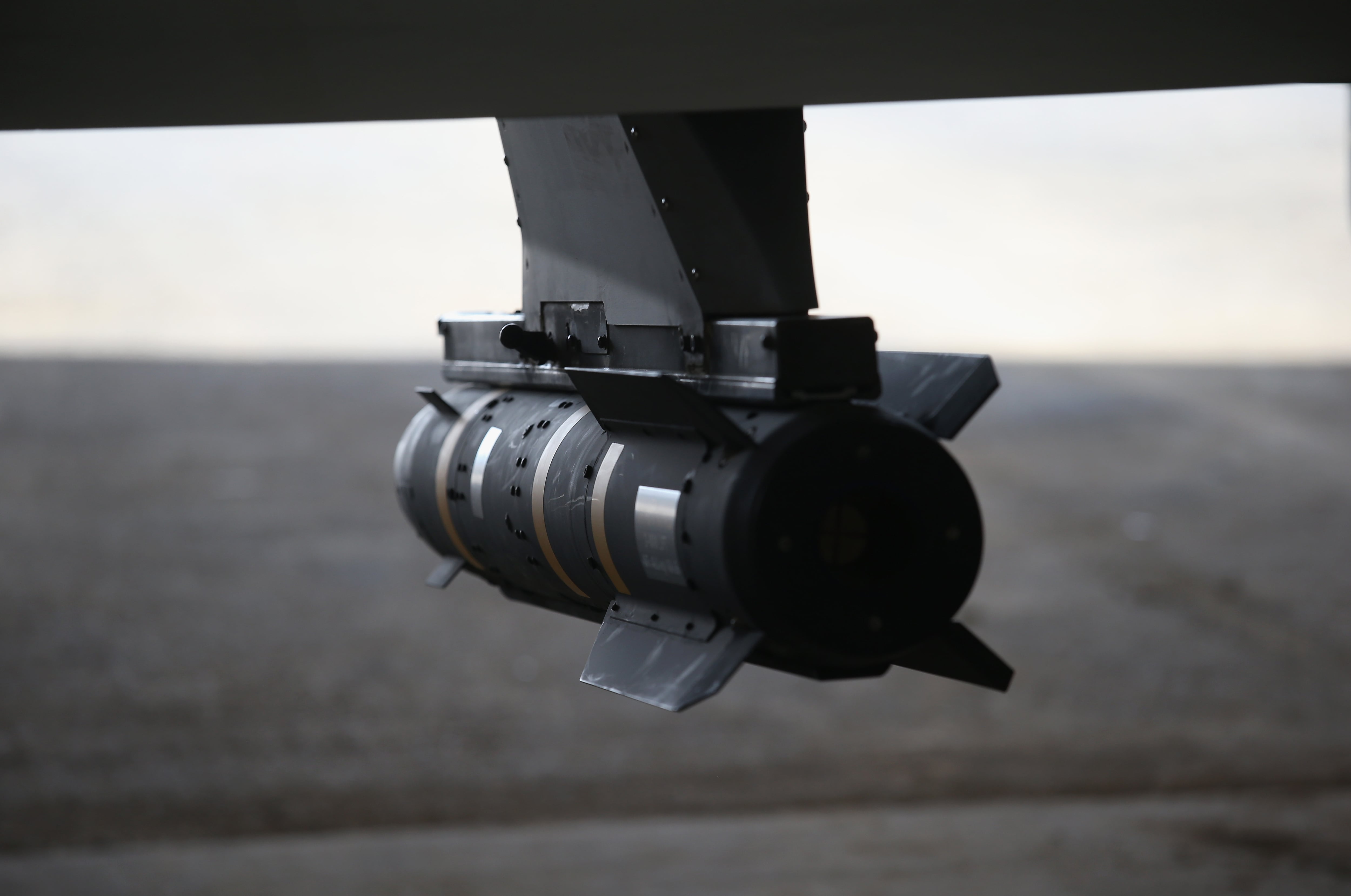Collateral damage of indirect fire missions conducted against enemy targets in heavily populated urban centers has long been a criticism levied against U.S. forces.
Never before has the role of fire support specialists ensuring artillery, air, mortar and even naval gunfire strikes hit precisely while minimizing the potential of civilian casualties.
But over a dozen current and former U.S. officials told the Wall Street Journal last week that the possibility of collateral damage has been significantly reduced due to the secretive development of a missile capable of eliminating targets sans any explosion.
The weapon has been in use for some time, while its existence has been kept under wraps by the Central Intelligence Agency and the Pentagon, according to the Wall Street Journal.
Spawned from the widely-used Hellfire missile, the R9X — also known as “the flying Ginsu” or “ninja bomb” — is equipped with a non-explosive warhead capable of pummeling its target with over 100 pounds of screaming metal.
The precision ninja bomb is also kitted out with six internal blades that can cut through buildings or cars with ease. These long blades deploy in the shape of a halo around the missile moments before it pulverizes its target like a heaven-sent anvil cheese grater, officials told the WSJ.
The development of the warhead began as early as 2011 under former President Barack Obama, the report said, as intense air campaigns in the Middle East and Africa dragged on, highlighted by concerns of collateral damage in densely populated regions.
In places like Iraq, Afghanistan, Syria, Somalia, and Yemen, terror targets began surrounding themselves with women and children to complicate retaliatory measures.
The R9X was designed taking those scenarios into account.
Because of its designation for eliminating just one or two individuals in a car or compound, its use remains limited — only about five total strikes in operations in Iraq, Syria, Libya, Somalia and Yemen, the WSJ reported — with missions targeting larger buildings or groups commonly calling for explosive variants.
One such strike was carried out in January 2019 on the terrorist accused of orchestrating the deadly October 2000 USS Cole bombing, the report said.
Jamel Ahmed Mohammed Ali al-Badawi, a longtime al-Qaida operative who was on the FBI’s list of most wanted terrorists, was reportedly driving alone in Yemen when the R9X fell from the sky, mangling the vehicle and its driver seat contents.

Speculation swirled following missions like the one conducted against al-Badawi, the report said, as after-action photos showed no signs of scorched earth or burning vehicles typical of a Hellfire missile strike.
So precise is the munition, one former official told the WSJ, that a target riding in the passenger seat of a moving car could be eliminated without killing the driver.
And because the R9X’s design was “for the express purpose of reducing civilian casualties," one official told the WSJ, it is both cost- and time-effective, as drones do not have to linger while awaiting clearance of civilians.
Multiple officials said the U.S. government should have publicly discussed the R9X when it was first developed to illustrate to the world a willingness to minimize civilian deaths.
J.D. Simkins is the executive editor of Military Times and Defense News, and a Marine Corps veteran of the Iraq War.




